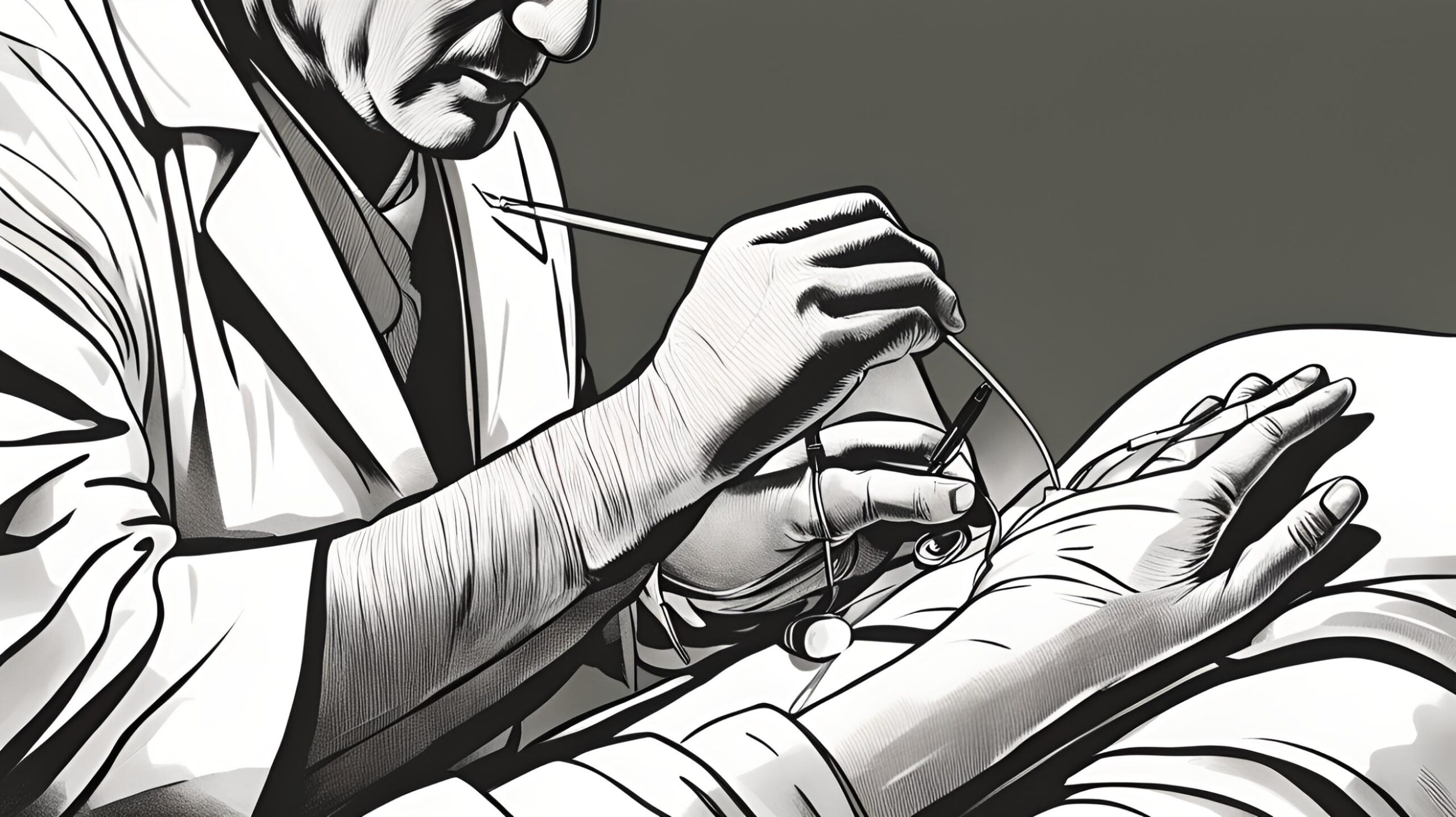Flashback to July 19
American History

On July 19, 1939, a groundbreaking event took place in the medical field in Saint Louis, Missouri. It was the first use of fiberglass sutures by R.P. Scholz, a significant milestone that would revolutionize the way wounds were closed and treated. This invention marked a significant advancement in surgical techniques, providing stronger and more reliable suturing options for doctors and patients alike.
Prior to the introduction of fiberglass sutures, surgical procedures relied mostly on traditional materials such as silk or catgut. While these materials served their purpose, they had limitations in terms of strength, durability, and potential for infection. Fiberglass sutures offered a solution to these issues, providing surgeons with a groundbreaking alternative that would prove to be highly effective.
Fiberglass sutures are made from a synthetic material called glass fiber. These fine threads are created by weaving individual glass fibers together, resulting in a strong and durable suture material. The use of fiberglass in sutures provided several advantages over traditional options. Firstly, the material is highly resistant to infection, as it does not absorb moisture or bacteria like organic materials. This reduced the risk of complications and improved patient outcomes.
Secondly, fiberglass sutures provided increased tensile strength, making them less likely to break or tear during the healing process. This enabled doctors to apply more tension to the sutures without compromising their integrity, resulting in more secure wound closures. The added strength also allowed for shorter healing times, as the sutures could hold the wound edges together more effectively.
The introduction of fiberglass sutures by R.P. Scholz in 1939 marked a significant turning point in surgical techniques. It opened the door to more complex and intricate procedures that were previously challenging or even impossible. The enhanced durability and strength of fiberglass sutures allowed surgeons to tackle more difficult cases, ensuring better patient outcomes and faster recoveries.
Over the years, fiberglass sutures have continued to evolve, with various modifications and enhancements being made to improve their performance. Today, they are widely used in a range of surgical procedures, including both internal and external wound closures. The development of synthetic absorbable variants has further expanded their applications, facilitating the healing process by eliminating the need for suture removal.
The impact of R.P. Scholz’s invention cannot be overstated. The introduction of fiberglass sutures revolutionized surgical techniques, providing a reliable and effective method for wound closure and healing. Its wide adoption has led to improved patient outcomes, reduced infection rates, and enhanced surgical options for doctors.
The first use of fiberglass sutures by R.P. Scholz in Saint Louis, Missouri, on July 19, 1939, was a groundbreaking event in the field of medicine. It introduced a new and highly beneficial alternative to traditional suturing materials, revolutionizing surgical techniques and improving patient outcomes. The ongoing advancements in fiberglass sutures have solidified their importance in modern healthcare, ensuring safer and more effective procedures for patients worldwide.
We strive for accuracy. If you see something that doesn't look right, click here to contact us!
Sponsored Content

First use of fiberglass…
On July 19, 1939,…

Robert Earl Hughes, weighed…
Robert Earl Hughes, a…

First rocket with nuclear…
On July 19, 1957,…

A Piedmont Airlines Boeing…
On July 19, 1967,…

Montgomery Ward is seized…
On July 19, 1945,…

Mary Jo Kopechne dies…
On 7/19/1969, tragedy struck…

